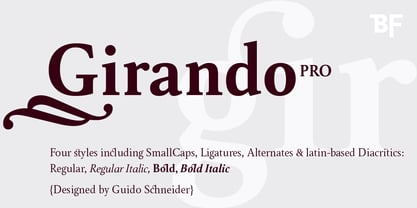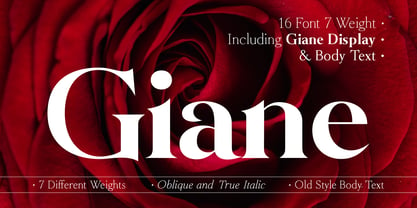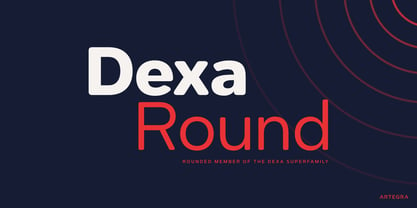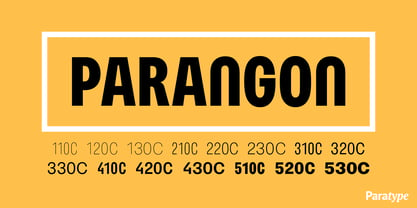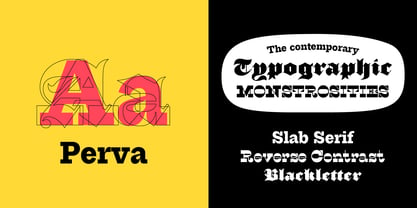10,000 search results
(0.07 seconds)
- Grecian by Solotype,
$19.95 - Ekorre PERSONAL USE ONLY Black - Personal use only
- Potrzebie - Unknown license
- Genghis Khan - Personal use only
- LetterOMatic! - Personal use only
- Designosaur - 100% free
- NFL Falcons - Unknown license
- the EV$NT - Personal use only
- I Want My TTR! (Condensed) - Unknown license
- LC Bagira - Unknown license
- XXII ARMY - Unknown license
- Warzone97 - Unknown license
- PassCaps - Unknown license
- Qbicle 2 BRK - Unknown license
- Oneworldonefuture - Unknown license
- The Aeroplane Flies High - Unknown license
- Vipertuism - Unknown license
- West point - Unknown license
- Broad - Unknown license
- Omega Sentry - Unknown license
- Querencia Army DEMO VERSION - Unknown license
- Faktos - Unknown license
- Heavy Heap - Unknown license
- Plasmatica Outline - Unknown license
- Iron Lounge Smart - Unknown license
- Chain_Reaction - Unknown license
- Alecto Demo - Unknown license
- WalrusGumbo - Unknown license
- ShampooSW - Unknown license
- BASEHEAD - Unknown license
- BF Girando Pro by BrassFonts,
$39.99 - Giane by XdCreative,
$25.00 - Dexa Round by Artegra,
$29.00 - SF Cartoonist Hand SC - Unknown license
- SF Foxboro Script Extended - Unknown license
- Antique Wells Extra by Wooden Type Fonts,
$15.00 - Parangon by ParaType,
$25.00 - ITC Founder's Caslon by ITC,
$40.99 - Perva by Eller Type,
$30.00 - Beret by Linotype,
$29.99





























